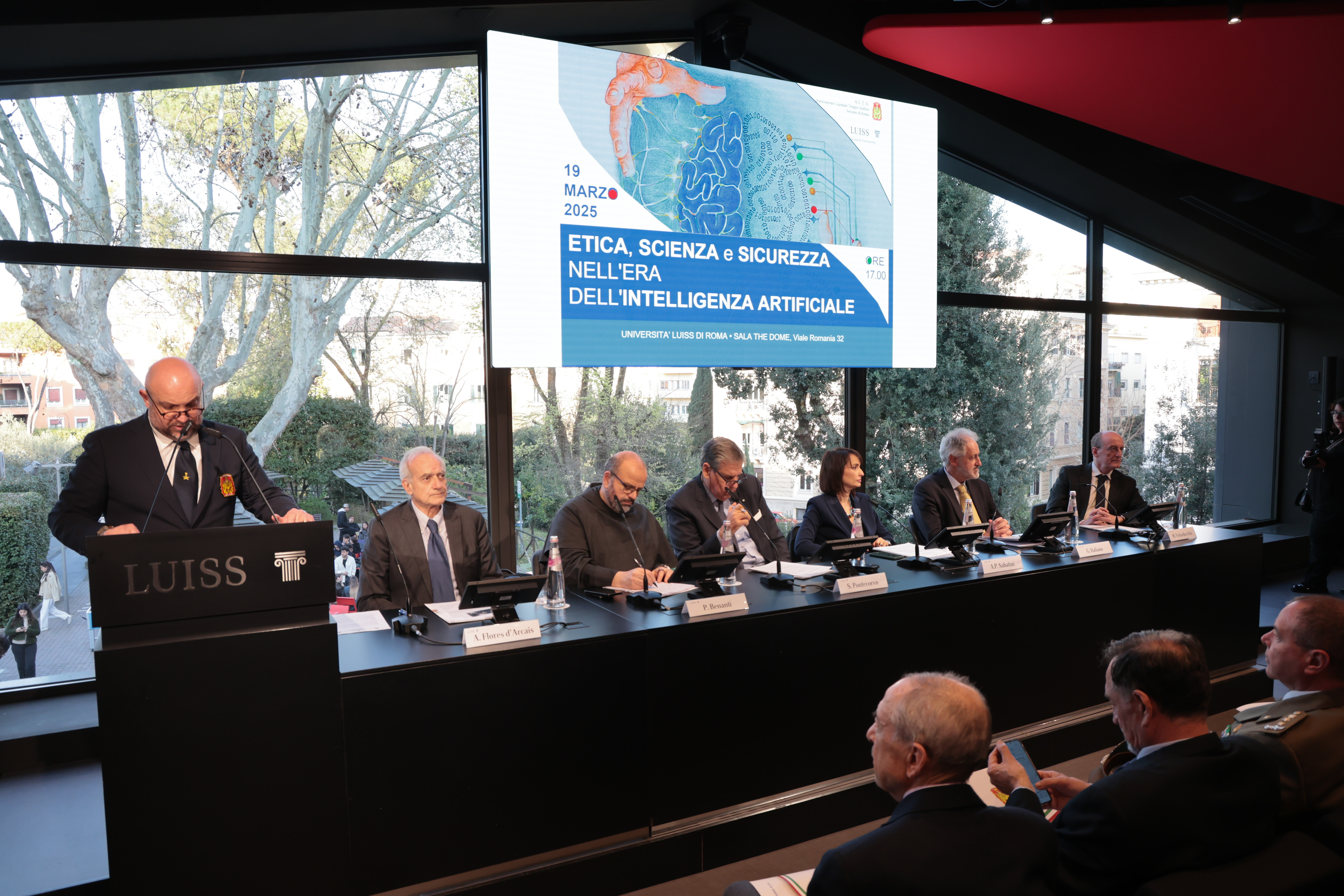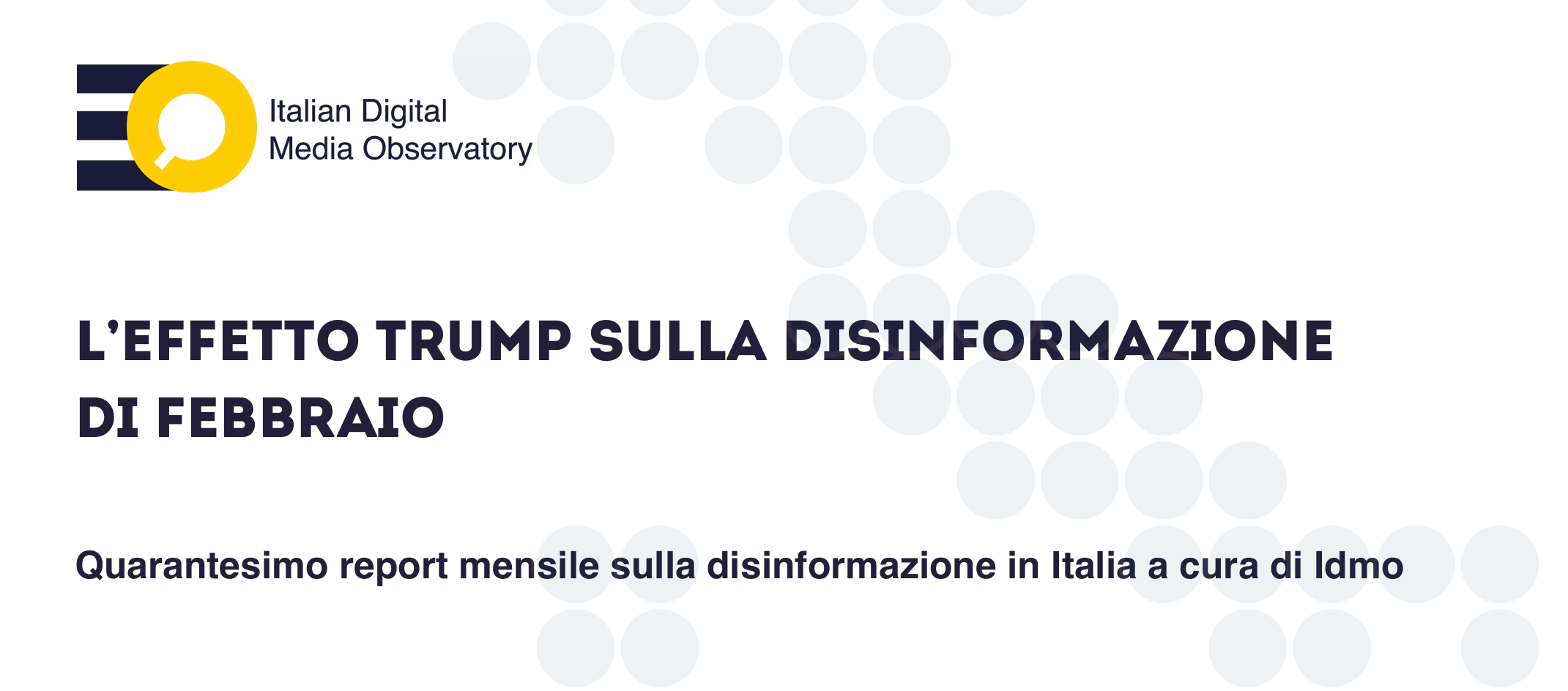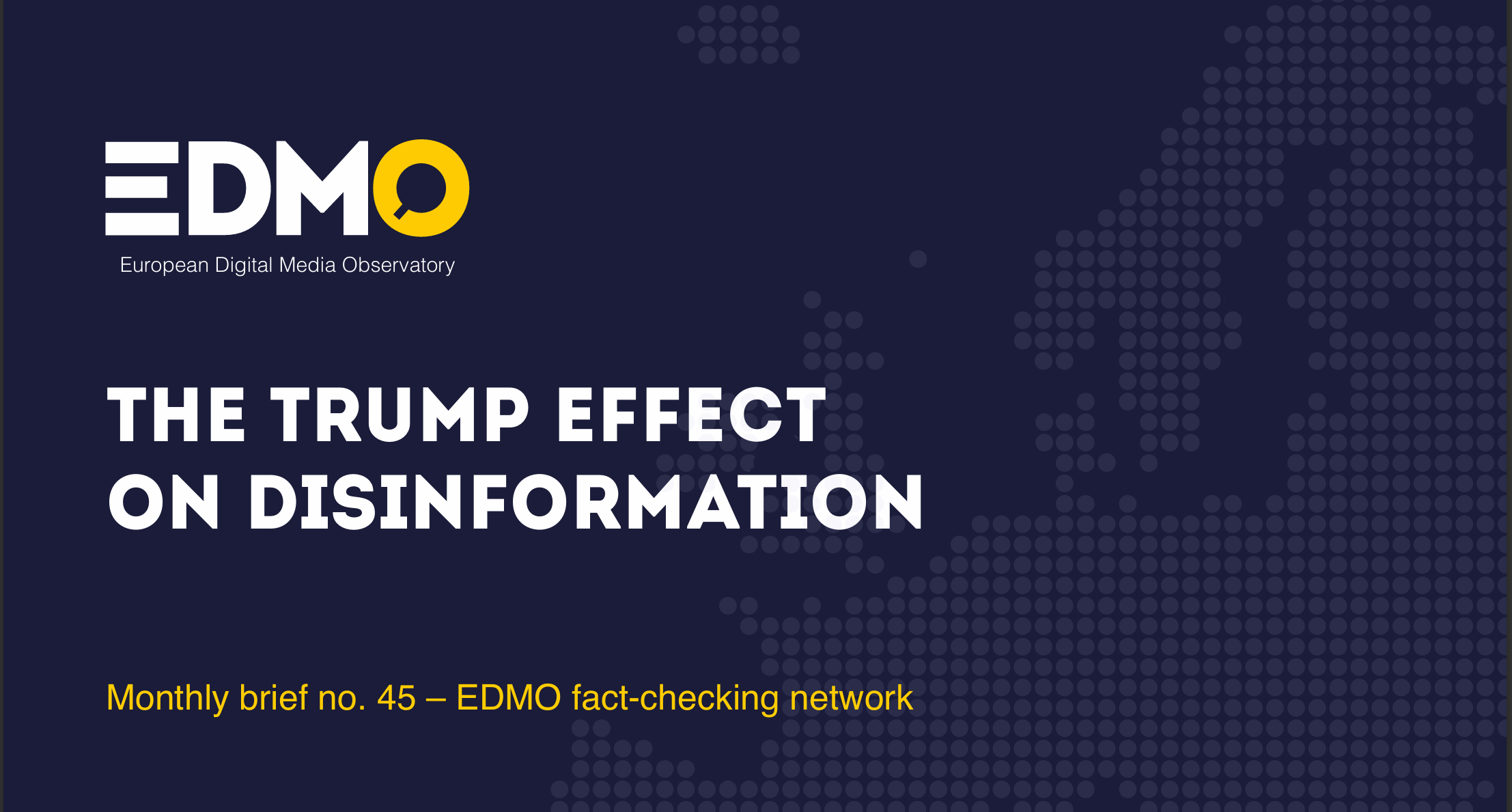An analysis of the EDMO fact-checking network. Organizations that contributed to this analysis: AFP, Correctiv, Demagog, Maldita, Mimikama, PagellaPolitica/Facta, Verificat, and TjekDet.
For more than a month, media outlets all over the world have been covering the conflict in Ukraine closely. The virtually unlimited amount of information about the war has quickly reached the universe of disinformation as well, and conspiracy theorists who spent years focusing on the Covid-19 pandemic swiftly seized the opportunity to rebrand their communication channels. Suddenly, they switched from staunch no-vax protesters to pro-Russian supporters.
Today, in fact, a significant part of the disinformation about the war in Ukraine passes through the same accounts who, up until a few weeks ago, were spreading hoaxes and misleading news about Covid-19. This alarming trend has been detected by fact-checkers all around Europe. We aggregated information provided by seven organizations part of the European Digital Media Observatory (Edmo), in an effort to understand the close link between Covid-19 and pro-Russian disinformation spreaders.
Same old people…
The shift from pandemic to war among disinformation spreaders has been observed by fact-checkers in several countries, such as Spain, Italy, Poland, Denmark, Germany, and France. In all cases, the change of focus was quick and it involved the great majority of published contents. The medium also remained the same: Telegram channels, as highlighted by fact-checkers at Maldita.es and Verificat; social media, as presented by Demagog and TjekDet, and even (misleading) news websites (Facta).
Therefore, and as highlighted in the latest Edmo’s weekly brief, communities which have been most exposed to Covid-19 disinformation are now more likely to be main recipients of pro-Russian disinformation. No-vax supporters and Covid-skeptics are not necessarily pro-Putin as well, but this exposition might increase their chances of developing a distorted perspective about the ongoing conflict.
As we will see, false or misleading stories that were already circulating have been adapted to fit the different contexts: while disinformation about the pandemic was mostly aimed at creating feelings of fear or skepticism among the general public, those related to the war in Ukraine want to give voice to pro-Kremlin supporters, minimize the responsibilities of Russia in the attacks, and present it as either a legit or a fake operation.
“A part of the Covid-scientific conspiracy sphere has clearly moved to the coverage of Ukraine,” said Tristan Mendès-France, an expert in the field of disinformation and conspiracy theories, to Agence France-Presse (AFP). “This is not surprising, the disinformation environment is a wide shell that clings around the hot topics of the moment.”
…same old stories
Polish fact-checkers at Demagog noted that the overlap between Covid-19 and pro-Russian disinformation does not stop at the sources, but it also tends to recycle the same mechanisms exploited to shape and spread hoaxes.
For instance, many conspiracy theorists claim that the pandemic was staged, and people in hospitals were just actors. The same theory has now been adapted with respect to the conflict in Ukraine, which would also be a work of fiction. In order to support this clearly unfounded idea, conspiracy theorists used out-of-context videos of actors wearing make-up to look wounded, or presented real images of deserted streets in Kiev to show that the situation would actually be calm. This narrative, then, can be stretched and carried to the extreme by claiming that the war would be organized just to cover up some larger “plan” or to distract us from something else, such as the side effects of vaccines.
Another popular narrative exploited both in Covid-19 and Ukraine hoaxes uses real events – such as the rare actual instances of vaccines’ side effects, or the presence of some Middle Eastern refugees at the Polish border together with thousands of Ukrainians – and exaggerates their actual frequency to manipulate the larger picture.
A third deceiving expedient popular in both situations consists of using videos and pictures that are real, but have nothing to do with the context they are associated with, to convey false and potentially dangerous messages. A popular example, used both in relation to the pandemic and the war, is a video that shows a journalist reporting in front of several rows of (false) body bags spread out in a public square. During the video, some of the bags start moving, clearly showing that the people in them are alive.
Conspiracy theorists initially claimed the bags were covering Covid-19 victims, and thus the video would show that the pandemic was staged, and after the outbreak of the conflict changed their mind and used the video as if representing victims of the conflict. Truth is that the footage is not related to any of these instances: it was shot during a protest against climate change in Austria.
Read: From Pandemic to War. New Circumstances, Same Old Disinformation
AFP also noticed that the characters of these false news stories also remained the same. Bill Gates and George Soros are striking examples, as they were firstly accused of having planned the pandemic, and are now charged with financing the Ukrainian conflict.
The “great reset” is back
In Denmark, fact-checkers at TjekDet identified the same trend: Facebook groups and Twitter users who were known to spread disinformation about Covid-19 are now directing the same effort towards the war in Ukraine. However, even around the same topic the hoaxes that circulate can be varied. For instance, according to University of Southern Denmark’s professor Kasper Grotle Rasmussen, conspiracy theorists agree that something is “wrong” about the conflict in Ukraine, and believe that official authorities and mainstream media are not telling the truth, but they have different opinions about what exactly would be wrong.
Disinformation can thus take different forms. On the one hand, some claim that Vladimir Putin is actually a savior who is fighting to free the world from the “real enemy”, the Western world élites. On the other hand, conspiracy theorists also claim that the whole conflict is just a “false flag” operation organized to impose a new world order. Up until a few weeks ago, this “Great Reset” theory was used in reference to the Covid-19 pandemic, which would also be set up to cover a set of underlying, darker schemes.
“What characterized many Covid-skeptic theories was a lack of trust toward the authorities and the people in power, a position opposed to the traditional one and to the idea of ‘politically correct’,” said to TjekDet Rikke Peters, associate professor at University College Lillebaelt. Similarly, those who spread disinformation about the war “do not want to side with Ukraine because all of the experts and politicians, and generally the mainstream Western world, are united in condemning Russia for invading and occupying” the country.
Disinformation and propaganda
Even though we are not always in a position to say who is responsible for creating and sharing disinformation about the war in Ukraine in the first place, what is certain is that many of these narratives support Russian interests and meet its propaganda.
For instance, some analysts noticed that an outstanding number of Twitter accounts which usually “like” tweets from the Russian government or Russian embassies’ accounts were created around February 24, right when the war began, a coincidence which raises doubts about their actual identity. Timothy Graham, senior lecturer in Digital Media at Queensland University (Australia) and author of the analysis, concluded that “there is clearly a HUGE bot network artificially hyping up (‘liking’) Russian government and embassy tweets.”
Since the beginning of the war, Russian embassies have repeatedly used their social media accounts to share false news, which simultaneously circulated on disinformation channels as well. On March 28, for example, the Russian embassy in Geneva posted a picture which referred to “U.S.-funded biolabs in Ukraine,” a popular false information that has been debunked by fact-checkers; or claimed that pictures of Ukrainian pregnant women desperately fleeing Mariupol’s bombed hospital were fake. These latter tweets, completely unfounded and vicious, were removed from Twitter.
Fact-checkers observed that false or misleading stories about both the war and the pandemic are generally adapted to fit into the contexts, interests and inclinations of different countries and audiences, and then spread through all kinds of channels: social media, websites, and even traditional media. Let’s look at two specific situations, analyzed by fact-checkers in Spain and Italy.
The role of Telegram channels in Spain
The overlap between Covid-19 and Ukraine conspiracy theorists has been observed in several European countries. In Spain, fact-checkers at Maldita.es analyzed popular Telegram groups which were known to spread hoaxes about the pandemic, and found that about a month ago, when Russia invaded Ukraine, their main topic of interest shifted to the war. Some of these channels have hundreds of thousands of subscribers, from Noticias Rafapal (140k subscribers as of March 16, 2022) to Quinta Columna (240k).
These channels were well-known to fact-checkers as hotbeds for conspiracy theories about the Covid-19 pandemic. For instance, they all supported the “Plandemic” theory, which circulated globally in the second half of 2020 claiming that the Covid-19 pandemic was planned, the virus was artificially created, and masks are terribly harmful, among other things. As soon as the war in Ukraine broke out, though, the alleged side effects of vaccines and the staged victims of the virus gave way to theories that support pro-Russian propaganda.
In many cases, in fact, on Telegram former spreaders of Covid-19 hoaxes now claim that the war in Ukraine is not really happening but rather it’s being staged; that the wounded people we see in the wreckage of destroyed cities are just actors; and that Ukrainian president Volodymyr Zelensky is a Nazi, a drug-addict, or a coward who fled the country as soon as he could.
For instance, Noticias Rafapal recently presented a video of a movie set in Birmingham (Uk) where people are seen running and screaming, following the instructions provided by a director, as if it was taken during the war, which would then be fake. Also, the same channel posted a digitally manipulated picture that portrays Zelensky holding a football shirt with a huge swastika on the back (it actually carried the number “95”). Maldita.es’ analysis shows that in many of these Telegram groups, messages containing the word “Ukraine” are already more numerous than those with the word “Plandemic.”
Spanish fact-checkers at Verificat also analyzed the trend and showed, for instance, that the Catalan website El Darrer Far also followed the same path. It started its activities in June 2020 with a podcast about “Pizzagate” (a conspiracy theory about a child trafficking and pedophiles network that would be tied to Hillary Clinton and the U.S. Democratic Party), but it quickly pivoted to Covid-19 – reporting that vaccines would be dangerous – and, during the last couple of weeks, to the war in Ukraine, sharing for example the false news that several bio-laboratories funded by the United States would be based in the country.
Italy: the case of Mag.24
The connection between Covid-19 and Ukraine disinformation does not stop at Telegram. In Italy, fact-checkers at Factaanalyzed how the website Mag24.com, a well-known superspreader of Covid-19 false news, quickly abandoned pandemic conspiracies and pivoted to pro-Russian propaganda.
Even though the topic changed, the methods used to spread false information remained the same. Mag24.com uses catchy images associated with a few words, presented with strong fonts and colors and an overall polemic and captivating tone. These posts are then shared through a wide network of Facebook pages, probably managed by the same group of people.
For instance, back in November Mag24 published an article claiming that Italian scientist Ilaria Capua, speaking on national tv, that they should “act as test subjects” without “complaining about it” (of course, Capua never said anything like this). A few months later, in March, the site supported a completely misleading interpretation of the picture portraying a Ukrainian pregnant woman who escaped from Mariupol’s bombed hospital. While the photo traveled the world and became a symbol of the inhumanity of the conflict, Mag24 presented it as a staged event, just because before the war the woman was working as a social media influencer.
Through the many Facebook pages it controls, Mag24 reaches a large audience for Italian standards: according to researchers from Carlo Bo University in Urbino, between January 2020 and November 2021 its networks published 5.447 posts per month, which resulted in almost 7 million interactions.
Not everyone fell into the trap
Even though the shift from pandemic to war disinformation is a trend that has been observed in several European countries, German fact-checkers at Correctiv also highlighted that it should not be considered as an established transition. Sometimes, users who were eager to spread false news about Covid-19 are now focusing on the Ukraine conflict, but instead of sharing conspiracies they chose to condemn Russia’s actions.
An example is the website Reitschuster.de, whose owner Boris Reitschuster used to question vaccine’s efficacy and now criticizes Putin’s actions. His followers did not welcome his newfound position, and since February 24 he lost more than 25,000 subscribers on his Telegram channel (which had almost 320k members). A comment left on an article against Putin reads: “The worst story about the war I’ve ever read! You’re biased and angry, stop writing about Russia and go back to Covid!”.
Potential reasons
The shift from pandemic to war-related conspiracy theories can be due to different factors. First of all, the potential audience provided by such a disruptive event as a war on European soil is certainly appealing for disinformation spreaders, who could see it as an opportunity to grow their popularity. In the online ecosystem this popularity can translate into economic benefits, therefore the spread of disinformation can also be motivated by economic gain.
Another reason may lie in the mechanism that moves the news cycle, which tends to follow a topic in-depth for a certain amount of time and then quickly pivot to the next one. This happened with Covid-19, which monopolized the attention of the general public for about two years, and is now giving way to war reporting.
Ulrike Schiesser, from the Austrian Federal office on sectarian issues, in an interview with the Austrian newspaper Kurier also noted that during the last couple of months the epidemiological situation is overall improving in Europe, and many governments are gradually lifting their restrictions. Anti-government protesters are basically running out of reasons to complain: “Restrictions have been lifted, now even compulsory vaccination has been suspended. It seems that new ammunition is needed,” Schiesser said. The Russian invasion of Ukraine provided just that.
According to Andre Wolf – a false news expert working for the Austrian fact-checking project Mimikama – the quick shift from Covid-19 to pro-Russian conspiracies adopted by several disinformation spreaders should not come as a surprise. “Putin has been catering to the extremes in Europe for years,” he said to Kurier. Therefore, the exploitation of large-scale events such as the Covid-19 pandemic, and then the invasion of Ukraine – misleadingly defined as a “special military operation” by Russian authorities – came naturally to Moscow, which quickly manipulated them to fit its propaganda.
In conclusion
Since the beginning of the Russian invasion of Ukraine, on February 24, 2022, the mainstream news cycle quickly passed from covering the Covid-19 pandemic to reporting about the war. The same trend has been observed in the disinformation environment: users and channels which for years focused on spreading false or misleading information about vaccines and lockdowns now pivoted – in most cases – to supporting pro-Russian disinformation and propaganda.
Narratives have been adapted to fit into the new context: for instance, according to conspiracy theorists, both the pandemic and now the war would have been staged to divert our attention from some larger scheme managed by Western élites (the huge disinformation theory of the “Great Reset”). Sometimes, actors also remained the same, and overnight Bill Gates and George Soros passed from creating the Sars-CoV-2 virus to financing the conflict.
As a consequence, communities which have been most exposed to Covid-19 disinformation are now more likely to be the main recipients of pro-Russian disinformation.
Even though we don’t know who is responsible for creating and spreading false news about Ukraine in the first place, it is a fact that the majority of them favor Russia’s interests and follow the main elements of its propaganda.
Laura Loguercio, Tommaso Canetta



